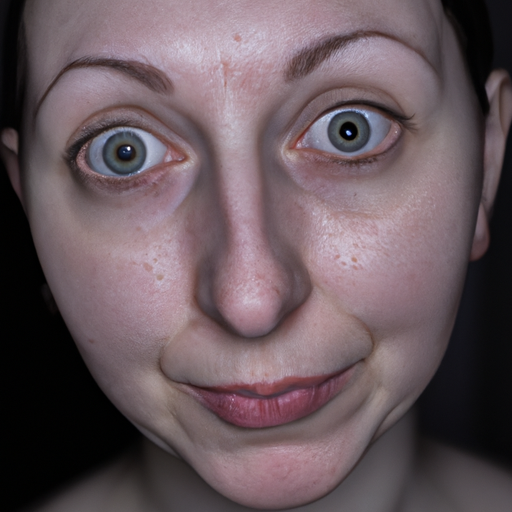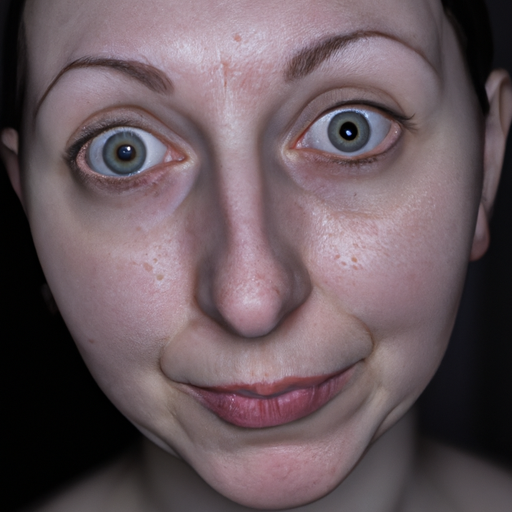As a medical professional, I have encountered numerous patients who are distressed by the appearance of dark patches on their skin. This condition, known as hyperpigmentation, is a common and usually harmless condition where patches of skin become darker in color than the normal surrounding skin. This darkening occurs when an excess of melanin, the brown pigment that produces normal skin color, forms deposits in the skin. Today, I aim to unmask the mystery surrounding hyperpigmentation, providing a comprehensive guide to its diagnosis and treatment.
Hyperpigmentation can affect anyone, regardless of skin color or age. It can be caused by various factors such as sun exposure, hormonal changes, inflammation, or injury to the skin. The most common types of hyperpigmentation include melasma, post-inflammatory hyperpigmentation (PIH), and solar lentigines (age spots).
Diagnosing hyperpigmentation typically involves a thorough examination of the skin. As doctors, we look at the size, shape, color, and texture of the darkened areas. In some cases, a biopsy may be necessary to rule out more serious conditions like melanoma. A Wood’s lamp examination, which uses ultraviolet light to closely examine the skin, can also be used to differentiate between epidermal and dermal pigmentation.
Once diagnosed, the treatment for hyperpigmentation can vary depending on its cause and severity. The first line of defense is prevention. Protecting your skin from the sun is crucial as UV rays stimulate melanin production. Regular use of a broad-spectrum sunscreen with an SPF of 30 or higher is recommended.
Topical treatments are often the first step in treating hyperpigmentation. These include creams, lotions, gels, or serums that contain ingredients like hydroquinone, retinoids, azelaic acid, kojic acid, or vitamin C. These ingredients work by inhibiting the enzyme tyrosinase, which is crucial in melanin production.
Hydroquinone is considered the gold standard in treating hyperpigmentation. However, it should be used under the supervision of a dermatologist due to potential side effects like skin irritation and, in rare cases, ochronosis (a bluish-black discoloration of the skin).
For those who do not respond to topical treatments, procedures like chemical peels, microdermabrasion, laser therapy, or intense pulsed light (IPL) therapy can be considered. These procedures work by removing the top layer of the skin or targeting the melanin deposits directly.
Chemical peels and microdermabrasion use a chemical solution or a special instrument to exfoliate the skin. Laser therapy and IPL therapy use light energy to target and break down melanin deposits. These procedures should be performed by a trained professional as they can potentially cause side effects like redness, swelling, and changes in skin color.
In conclusion, hyperpigmentation is a common skin condition that can cause distress due to its appearance. However, with a proper diagnosis and treatment plan, it can be effectively managed. If you are dealing with hyperpigmentation, I encourage you to seek advice from a dermatologist or a trained skin care professional. Remember, every skin is unique and what works for one person may not work for another. Therefore, it is important to have a personalized treatment plan that suits your skin type and condition.




